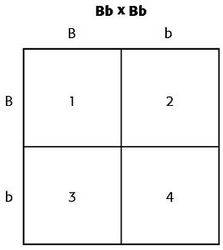Brownpants,
FYI, I have clones of whorled phyllotaxy plants, both males and females. And I do agree that males are much more common then females. Maybe by 10 to 1.
-SamS
FYI, I have clones of whorled phyllotaxy plants, both males and females. And I do agree that males are much more common then females. Maybe by 10 to 1.
-SamS







